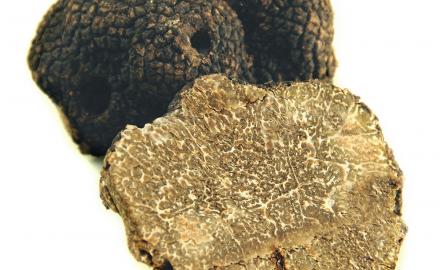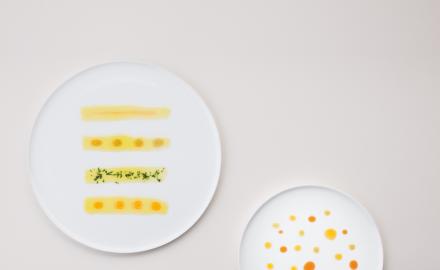Manuka honey
Origins of Manuka honey
The honeybee gathers the nectar and honey dew – raw materials of honey – on Manuka flowers. It regurgitates them in the crop of the receiving bee, who also regurgitates them in the crop of other working bees so as to favour the transformation of sugars.
Health properties of Manuka honey
Thanks to its exceptional antibacterial properties, Manuka honey is a precious ally in the fight against bacterial infections. Its properties are related to its high content of methylglyoxal, an antibacterial molecule particularly present in Manuka honey.
The honey’s quality depends on its origin and purity. The purest honeys have levels of Manuka pollen between 80 and 95 %. Different labels – such as UMF[1] a registered trademark, MGO[2] or TPA[3] – informs on the activity level of the enzyme and the corresponding uses. Manuka honey also possesses scarring properties.A honey full of flavour
Amber coloured and creamy, Manuka honey has a large taste range of floral aromas. Its flavour changes depending on its source: honeys from the South of New Zealand are known to be softer and creamier than those of the North. When savoured, eucalyptus notes can be found as well as earthy and heathery tones.
How about in the kitchen?
During the Antiquity, honey was often used as a sweetener and core ingredient of many pastries. Nowadays, Manuka honey can be found in sweet and savoury recipes alike. It can be an inherent part of muesli recipes, used as a topping in yogurt based deserts… It can also be found in cheesecakes.
On the savoury side, it lifts up vinaigrettes and barbecue sauces. It goes very well with some cheeses such as goat’s cheese or with the traditional roasted camembert to which it brings a touch of boldness. Manuka honey’s distinct flavour pairs perfectly with lamb as well. For instance, a Manuka honey lavender sauce with garlic and a zest of orange would pleasantly enhance a rack of lamb. Additionally, it can be used in tajine recipes such as raisin or almond chicken.
Among the Chefs who use Manuka honey in their recipes, there is New Zealander Chef Hamish Brown who heads the kitchen at Roka (London, United Kingdom). His Manuka honey creme brulee in particular is a must-try. British Chef Jo Pratt, author of several culinary books, features quite the gourmet recipe of banana with Manuka honey ice cream.
Trendy and healthy, Manuka honey is bound to become an essential ingredient!
[1] « Unique Manuka Factor ».
[2] MGO indicates the quantity of methylglyoxal contained in honey. This index is expressed in mg/kg.
[3] « Total Peroxide Activity ».


